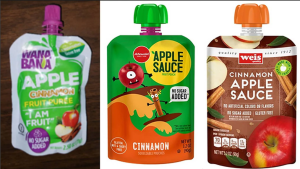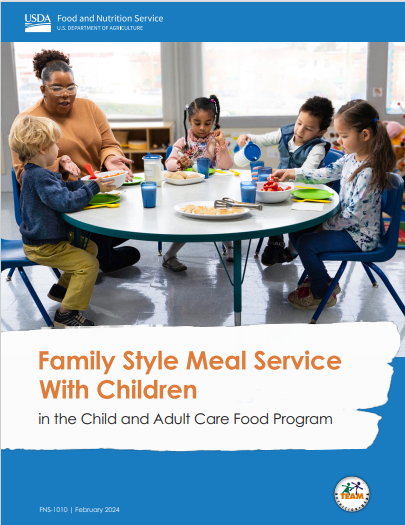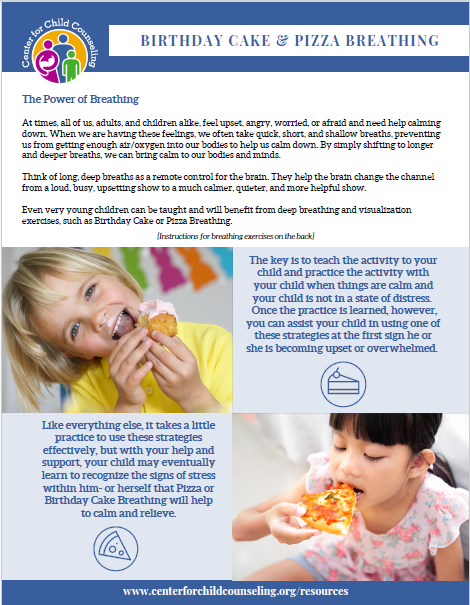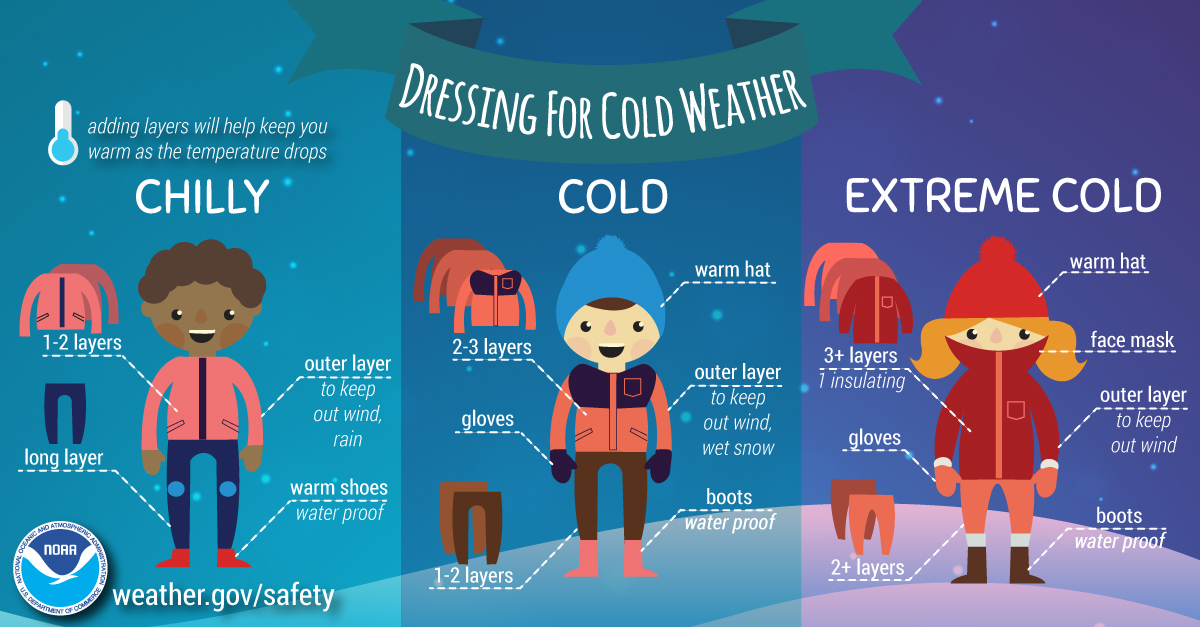If you are curious about family style dining, whether or not you’re currently on the food program, this short booklet will show you all the equipment you need, how to introduce the idea to children and their families, and tips for ensuring compliance with CACFP regulations.
Family Style Meal Service With Children in the Child and Adult Care Food Program (cacfp.org)
SPARK Learning Lab se complace en asociarse con Calm para apoyar a los profesionales de la educación y el cuidado de la primera infancia y de la educación extraescolar de Indiana proporcionándoles acceso a una suscripción premium gratuita a Calm hasta febrero de 2026. Calma está abierto a las personas que sean propietarias, trabajen o sean voluntarias en un programa de educación infantil o de atención extraescolar con sede en Indiana, así como a los familiares y personas a cargo de esas personas. Rellena este breve formulario para acceder a una suscripción Calma Premium GRATUITA hasta febrero de 2026.
A medida que el tiempo se calienta, es importante ser consciente de cómo mantener a los niños (¡y a nosotros mismos!) a salvo del calor y la humedad. Cuando el índice de calor (“sensación térmica”) supera los 90° F, los niños son especialmente vulnerables a las afecciones relacionadas con el calor. Este gráfico del Servicio Meteorológico Nacional muestra cómo se calcula el índice de calor y cuándo las temperaturas se vuelven peligrosas. 
Algunas formas de mantener seguros a los niños cuando hace calor (consejos de los CDC y HealthyChildren.org):
- Traslada el tiempo al aire libre a las primeras horas del día, antes de que el sol esté alto.
- Aplícate y vuelve a aplicarte protector solar: las quemaduras solares pueden provocar deshidratación e impedir que el cuerpo regule la temperatura adecuadamente. La protección solar es importante para personas de todas las etnias y tonos de piel.
- Ten agua potable accesible en todo momento, y fomenta (¡y modela!) las pausas frecuentes para beber agua.
- Recomienda a las familias que vistan ropa holgada, ligera y de colores claros. Utiliza ropa protectora contra los rayos UV y sombreros para mayor seguridad.
- Mantente fresco con juegos acuáticos seguros. Un aspersor, botellas nebulizadoras o una mesa de agua pueden ayudar a regular la temperatura corporal y mantener a todo el mundo de buen humor.
- Conoce los signos de las enfermedades relacionadas con el calor y prepárate para actuar en consecuencia.
Manipular, almacenar, calentar y alimentar con leche materna puede parecer que tiene muchos pasos. Este PDF imprimible repasa cómo proporcionar leche materna de forma segura a los lactantes cuyas familias se la proporcionan, incluyendo el almacenamiento, la preparación y la alimentación. A continuación, también encontrarás un vídeo de Head Start en el que se ve a una profesora de Early Head Start dando el biberón a un bebé y demostrando la alimentación receptiva y la interacción con un bebé a la hora de comer. 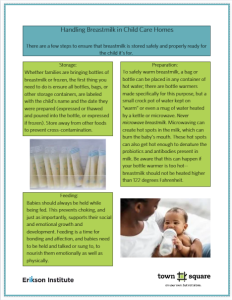
Gestión de la leche materna en el cuidado de los niñosHandlingBreastmilk
¿Qué notas en este vídeo de la profesora de Early Head Start dando de comer al bebé? ¿Cómo responde el bebé a sus acciones y a su forma de hablar?This resource from centerforchildcounseling.org will help support children in down-regulating and returning to an emotional baseline from distress. Practicing when children are calm will help them develop the skills to self-regulate with support later.
This printable PDF from the CDC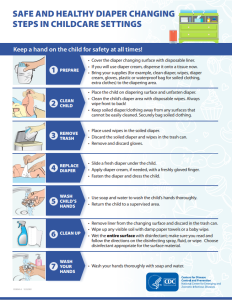
outlines the steps involved for a diaper change that minimizes the chance of spreading pathogens such as pinworms or hand foot and mouth. These are crucial to the health and safety of the provider and all of the children they care for.
What it doesn’t show is the incredible opportunity for relationship building that is also present at every diaper change. How often are you just a foot or so away from the child’s face for such a focused time? Spending diaper changes talking to the child is one high-impact way to build relationships, and also make the diaper changes themselves easier. What toddler is going to try to roll or wrestle away when one of their favorite people is talking to them, or playing “this little piggy” with their toes?
It doesn’t add a significant amount of time to really pay attention to the child being changed, but the payoff in peaceful diapering and overall relationship can’t be overstated!
The winter season brings with it added hazards. Child care providers can take steps to keep children safe from winter hazards.
Children need extra protection from cold weather as they are not able to regulate their body temperature. It’s vital that children wear appropriate clothing for the weather.
- Wear layers of loose-fitting, lightweight clothing
- Wear a hat, coat, and gloves/mittens
- Caregivers should check children’s extremities for normal color and warmth at least every 15 minutes
This infographic created by the National Weather Service serves as a great tool to help guide what clothing is needed in the cold weather.
Mantenerse informado sobre las campañas de retirada que puedan afectar a sus materiales es una forma de asegurarse de que los artículos que usted y sus niños utilizan cada día son seguros para ellos. La Comisión para la Seguridad de los Productos de Consumo es la organización que se encarga de hacer un seguimiento de los problemas de seguridad, así como de las retiradas voluntarias y obligatorias de todos los productos de nuestros hogares, como las tazas de la imagen, que se retiraron del mercado en julio de 2023 debido a infracciones relacionadas con el nivel de plomo.
Para buscar o navegar por las retiradas, visite Recalls | CPSC.gov
Para suscribirse a las notificaciones por correo electrónico de la Comisión para la Seguridad de los Productos de Consumo, que le informarán sobre retiradas y alertas de seguridad, visite: Suscripciones | CPSC.gov
A fecha de 13 de noviembre de 2023, se han presentado a la FDA 22 informes de enfermedades potencialmente relacionadas con el producto retirado. Como parte de esta investigación, la FDA y sus socios estatales están recogiendo y analizando muestras adicionales de puré de frutas y puré de manzana. Hasta el momento, los análisis de las muestras no han mostrado niveles elevados de plomo en ningún producto no retirado.
- No se deben consumir, vender ni servir los envases de canela y manzana retirados del mercado de las marcas WanaBana, Schnucks o Weis, y deben desecharse.
- Estos productos tienen una larga vida útil. Los consumidores deben revisar sus hogares y desechar estos productos.
- Los síntomas inmediatos de la exposición al plomo no son evidentes en la mayoría de los niños. Si existe la sospecha de que un niño puede haber estado expuesto al plomo, los padres deben hablar con su proveedor médico para que le hagan un análisis de sangre.
- Póngase en contacto con su proveedor médico si cree que puede tener síntomas de toxicidad por plomo después de comer los envases de fruta retirados del mercado.
Investigación sobre los niveles elevados de plomo en las bolsas de puré de manzana y canela (noviembre de 2023)
As of November 13, 2023, there have been 22 reports of illness potentially linked to recalled product submitted to FDA. As part of this investigation, FDA and state partners are collecting and analyzing additional product samples of fruit puree and applesauce pouches. At this time, sample analyses have not shown elevated levels of lead in any non-recalled products.
- Consumers should not eat, sell, or serve recalled WanaBana, Schnucks, or Weis-brand apple cinnamon pouches and should discard them.
- These products have a long shelf life. Consumers should check their homes and discard these products.
- Most children have no obvious immediate symptoms of lead exposure. If there’s suspicion that a child may have been exposed to lead, parents should talk to their child’s healthcare provider about getting a blood test.
- Contact your healthcare provider if you think you may have symptoms of lead toxicity after eating recalled fruit pouches.
WanaBana Recalls WanaBana, Weis, and Schnucks Apple Cinnamon Fruit Purée Pouches & Cinnamon Apple Sauce Due to Elevated Lead Levels | FDA